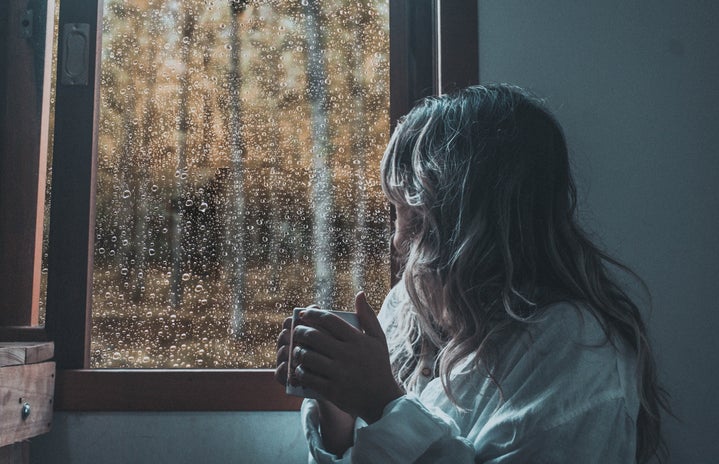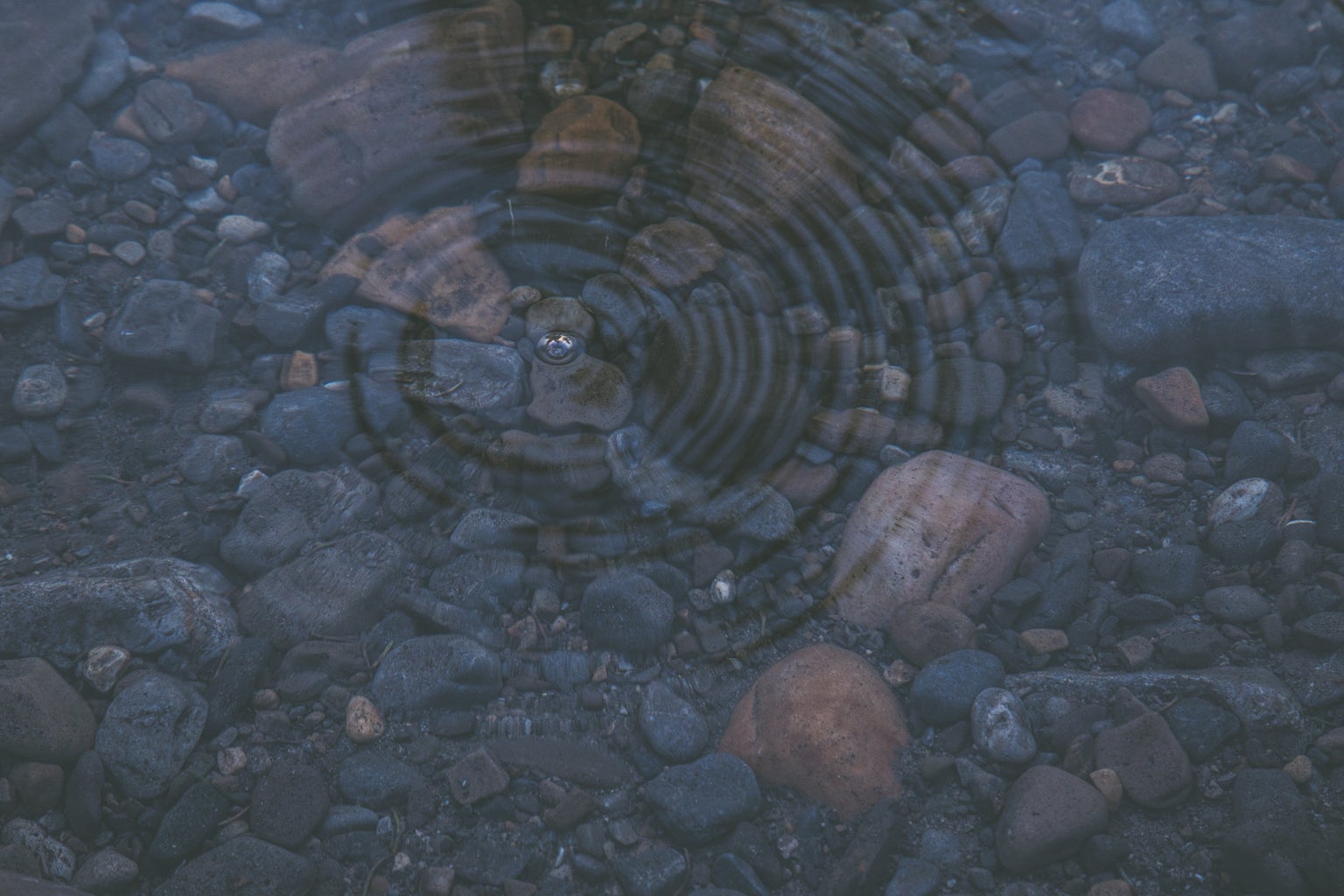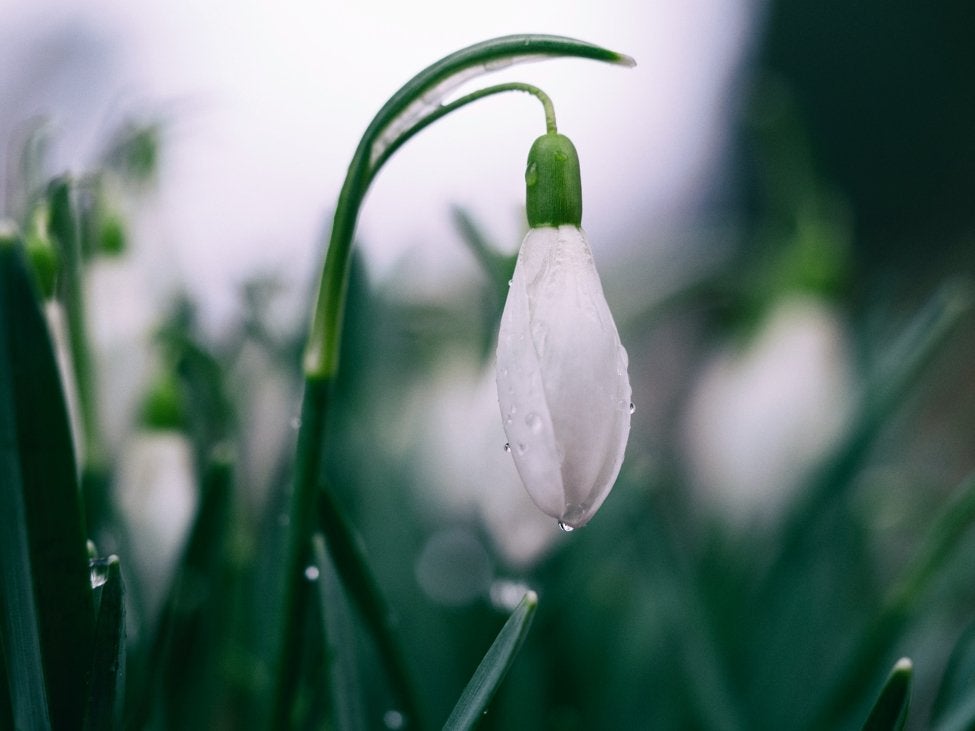If you’re anything like me, you’re a Southern California girl at heart. There’s nothing better than sunny blue skies, warm summer air, and a smoothie in my hand. So what the heck is up with all this rain? Well, turns out it’s not completely random.
First and foremost, it’s an El Niño year. For anyone who doesn’t know what that means or hasn’t heard that term since 4th grade science class, let me break it down for you. Essentially, El Niño years occur when the surface of the ocean gets warmer. This causes more evaporation, meaning the clouds have more water in them, meaning more rain. El Niños occur irregularly and we can go anywhere from two years to over a decade without one. That being said, 2023-2024 happen to be El Niño years, so this can be one cause for all this rain.
However, another reason is cloud seeding. This past voting season, a bill was passed to start cloud seeding in the Santa Ana Mountains (the mountain range between the Inland Empire valley and the LA basin), called the Santa Ana Watershed Project. If you don’t know what cloud seeding is, don’t worry, I didn’t either. To put it simply, when a raincloud goes by, silver iodide is launched into the sky and it causes the cloud to drop rain. This means that if a raincloud wasn’t going to drop any water, now it will. Or, if it was going to drop water, it now drops more (about 5-15%). What does that mean for us? Rain is coming more often, it rains for longer, and it rains harder. This is all in an attempt to help with the drought we’ve been facing for as long as any of us can remember. This cloud seeding project started in November of last year and is set to last four years, so expect some rainy winters for the next few years.
Now, I do want to clear up a few common misconceptions. During the month of February, Southern California was hit with a really heavy storm, causing landslides and flooding. This is not the result of cloud seeding. The Santa Ana Watershed Project judiciously decides when to launch the silver iodide and when not to. As such, they stopped the project all together in mid-February (restarting later in the month) due to the influx of storm clouds hitting Southern California. To put it simply, as meteorologist Alex Tardy says, “you can’t create a storm”.
Another misconception that people have is that the government is poisoning us. When I first told my friends about this project, they said things like, “I won’t drink tap water” and “I’ll just stay inside when it’s raining”, even going as far as asking, “So, it’s basically acid rain?”. Short answer, no it’s not acid rain and no, you don’t have to stay inside, and yes, you can still drink tap water (but, personally, I wouldn’t anyway). Experts have done numerous studies and have found that cloud seeding, at this small rate, won’t have any negative effects on the environment or all of us. That being said, more research needs to be done, so I wouldn’t be going outside and catching raindrops on your tongue anytime soon.
All this to say that if you, like me, have been cursing the sky when you wake up every morning and wondering why there’s suddenly so much rain, there’s a good reason. Cloud seeding will allow us to bolster our water supplies for the future, and hopefully won’t cause any negative health effects in the meantime. On top of that, cloud seeding only happens if there’s already rain clouds, meaning our warm, sunny summers are going to stay just that, warm and sunny. So don’t worry, sunny days are ahead — and the rain is going to help us in the long run.





